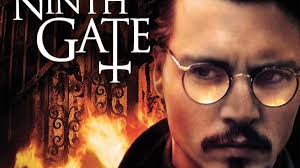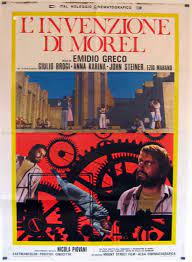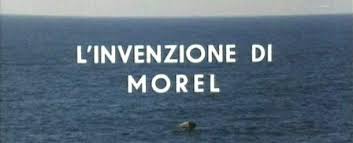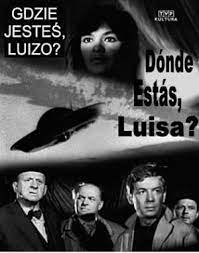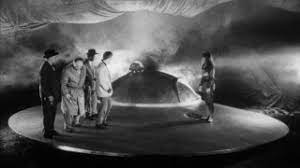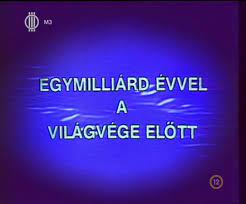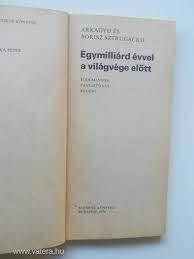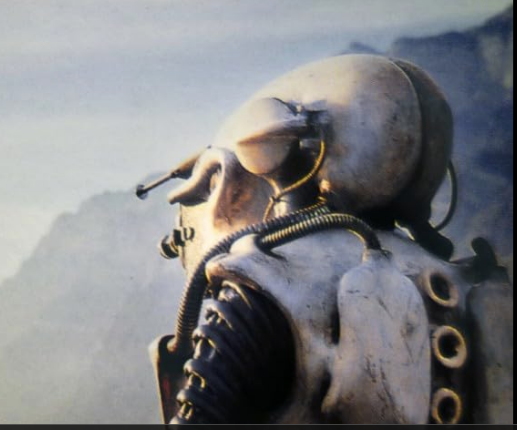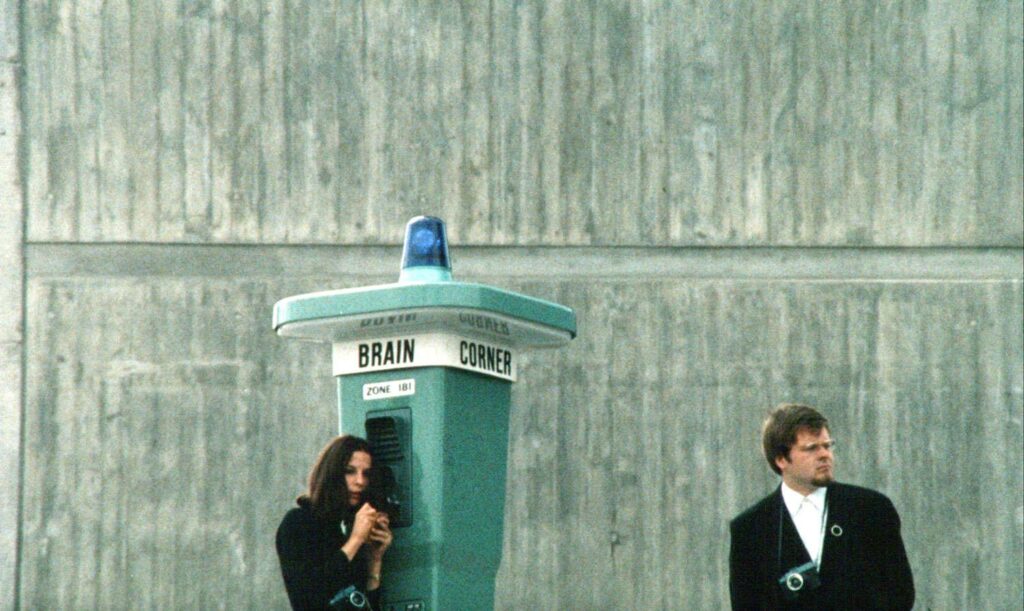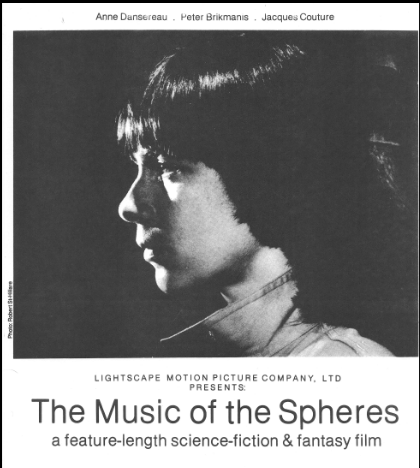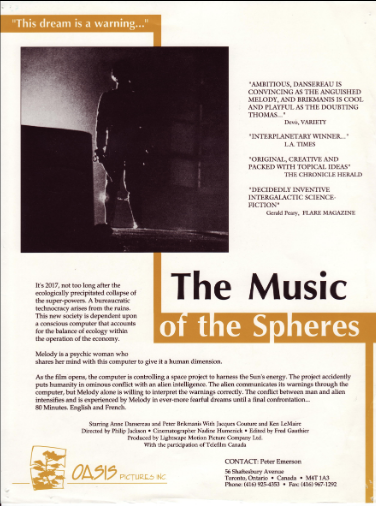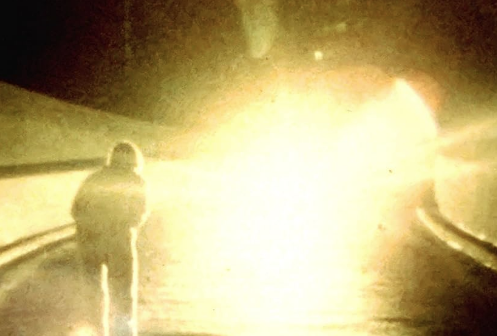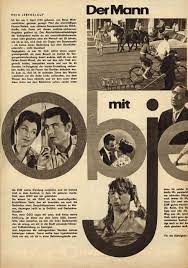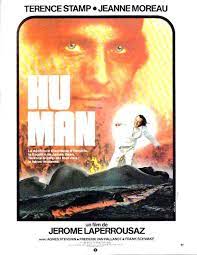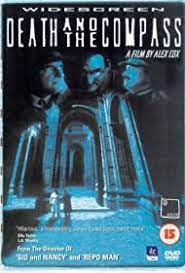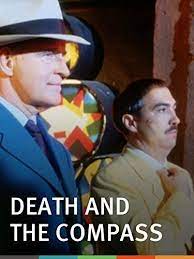The Ninth Gate (1999)
IMDb meta-data is a runtime of 2 hours and 13 minutes, rated 6.7 by 189,000 cinematizens.
Genre: Thriller.
DNA: Pan European.
Verdict:
Tagline: The Eighth Gate was closed.
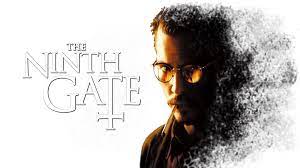
The unscrupulous bookman takes a commission with a blank cheque to examine some very rare books for a languid Langella. Heretofore, reading the reactions of others and playing to them have been Bookman’s tools of the trade on the principle that he only cheats the cheaters.
To track down the books a travelogue takes us from New York City to Portugal, Spain, and France where we meet book collectors: Twin brothers in Portugal, a donnish recluse in Spain, and a bitter, one-armed, wheelchair-bound Grande Dame in France. His negotiations with each are handled well both by Bookman and the director. There are no cardboard fools here.

The underlying question that finally comes to the surface is whether to believe what is in these books of the occult. Speaking of fools, Heinrich Himmler nodded in agreement.
These books have self-appointed acolytes and some of them are murderous fools like Himmler. But they also have henchmen who begin to hench on Bookman. A guardian angel comes to his rescue and the two form an uneasy partnership.
From this point the film descends into a mixed buddy road movie until it gets to the sex scene. Much of the mystery is boiled away.
As a series of tableaux it is masterful, from the opening suicide, though I wondered what was written in the note and never found out, to the lip-licking of the those conned, the clenched hands of the silent seller, to Langella who stole every scene but none more so than when he said ‘Boo!’ Lena Olin was a succubus to remember. John Depp disappears into his role as usual.

Travelogue and tableaux were delivered, but the air went out of the mystery about half-way through. By the way, the ‘gates’ of the title are drawing, not the number of airport gates Bookman went through on his travels. Since he got where he was going he must not have chosen Qantas.
Derived from the prolific Arturo Pérez-Reverte’s novel The Club Dumas (1993) but changed a lot in the last third to accommodate that angel. Apart from that variation, it put me in mind of Mikkel Birkegaard’s novel The Library of Shadows (2009).

I came across it in my collection by accident and watched it again, while reading a selection of reviews. These days when the power of books has frightened so many people, it is timely to see how books are portrayed in film. The books in this film have not been banned in Florida or Texas.

